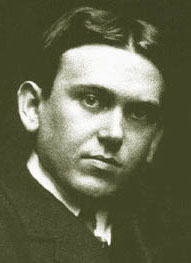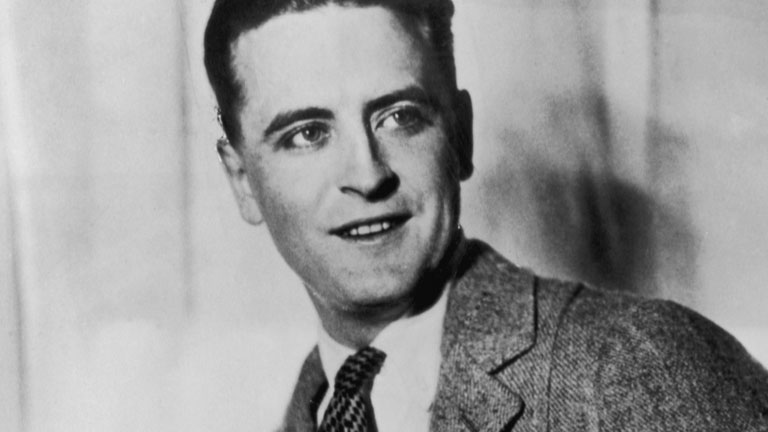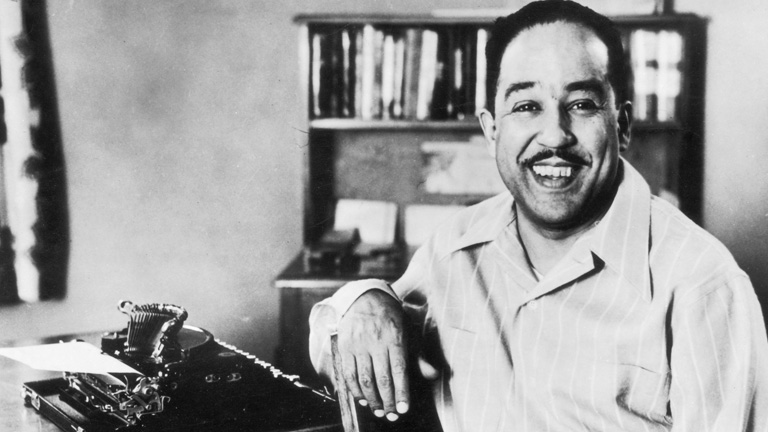The roaring twenties was a period of literature creativity. American modernism reached its peak during the twenties. Modernist authors included Ezra Pound, William Carlos Williams, F.Scott Fitzgerald, Ernest Hemingway, and William Faulkner. Modernists focused on finding a sense of self in a society that tried to take that away from you- a theme that is illustrated in The Great Gatsby by F. Scott Fitzgerald.
A patron saint of many young authors was H.L. Mencken, who was known for criticizing every aspect of American society. In his monthly magazine, American Mercury, he would attack marriage, patriotism, democracy, and the middle-class American "booboisie" ( a class of stupid people). He attacked do-gooders as "Puritans." He believed that puritanism was "the haunting fear that someone, somewhere, might be happy."
Another famous writer during the 1920's was F. Scott Fitzgerald. He gained fame when he published This Side of Paradise in 1920, which examines the lives and morality of post-WW1 youth. This book especially attracted young flappers. In arguably his most famous book, The Great Gatsby, Fitzgerald deals with gender interaction in a mundane society.
 |
| H.L Mencken |
Another famous writer during the 1920's was F. Scott Fitzgerald. He gained fame when he published This Side of Paradise in 1920, which examines the lives and morality of post-WW1 youth. This book especially attracted young flappers. In arguably his most famous book, The Great Gatsby, Fitzgerald deals with gender interaction in a mundane society.
 |
| F. Scott Fitzgerald |
Alongside the movement of the modernists in literature during the 1920's, the writers coming out of the Harlem Renaissance exhbitied the New Negro Movement, which emphasized that black people should be proud of their heritage and not ashamed. This movement highlighted ideas such as self-respect and self-dependence in the contemporary African American community.
Langston Hughes was one of the most important figures fueling the Harlem Renaissance. He wrote novels, short stories, poems, and plays and is known for his engagement with the Jazz Age and the influence it had on his writing. Unlike other notable black poets of the period, Hughes refused to differentiate his personal stories with the common "black" experience in America. He wanted to tell the stories of his people that reflected their culture by writing stories on their suffering, their love of music, laughter, and language.
 |
| A happy Langston Hughes in his house in Harlem, New York |
Sources I used:
http://www.pbs.org/wnet/americannovel/timeline/harlemrenaissance.html
https://www.boundless.com/u-s-history/textbooks/boundless-u-s-history-textbook/from-the-new-era-to-the-great-depression-1920-1933-24/the-culture-of-change-187/literature-1036-2505/
Interesting post Johnny, I am in AP English, and reading the Great Gatsby seemed to coincide with learning about the American Dream is US History. The central them of the book was that the American Dream could only be completed immorally or illegally, and that it is not worth it. In class we also learned that many of the methods used by historical figures such as Rockefeller acquired his wealth through methods that are now illegal.
ReplyDeleteIt's interesting how you can look at literature from any decade and know what social/ political issues are occurring at the time. I researched more literature written in the 1920's and saw that the first edition of Winnie the Pooh was written in 1926, nifty.
ReplyDeleteI think that is is incredibly interesting how much the great writers of the time contrasted so much with the frivolity we consider the staple of the 20s. A world of materialism and a nation with a "drink and party 'til you're happy" attitude, it makes sense that writers might begin to approach their work with a confusion and questioning as to the meaning of it all, as well as blatant criticism of society. Also it is good to keep in mind that the roaring twenties hit right after the Great War. There was a sense of relief to be able to live ones life without fear of conscription or losing someone. Some took this chance to be carefree and reckless, but some took it as creative motivation.
ReplyDelete